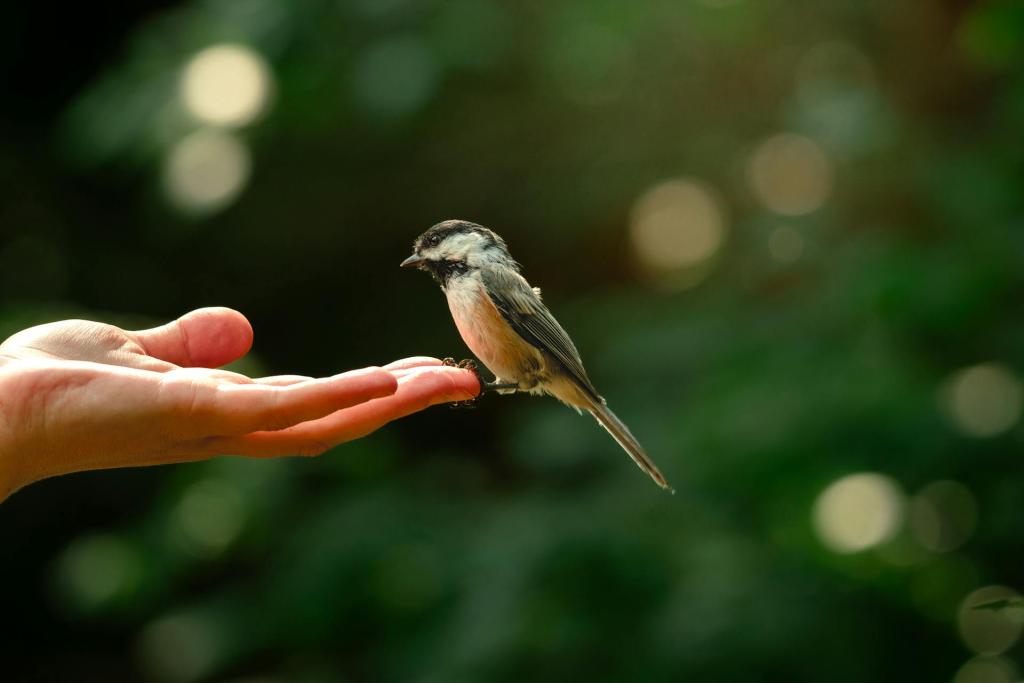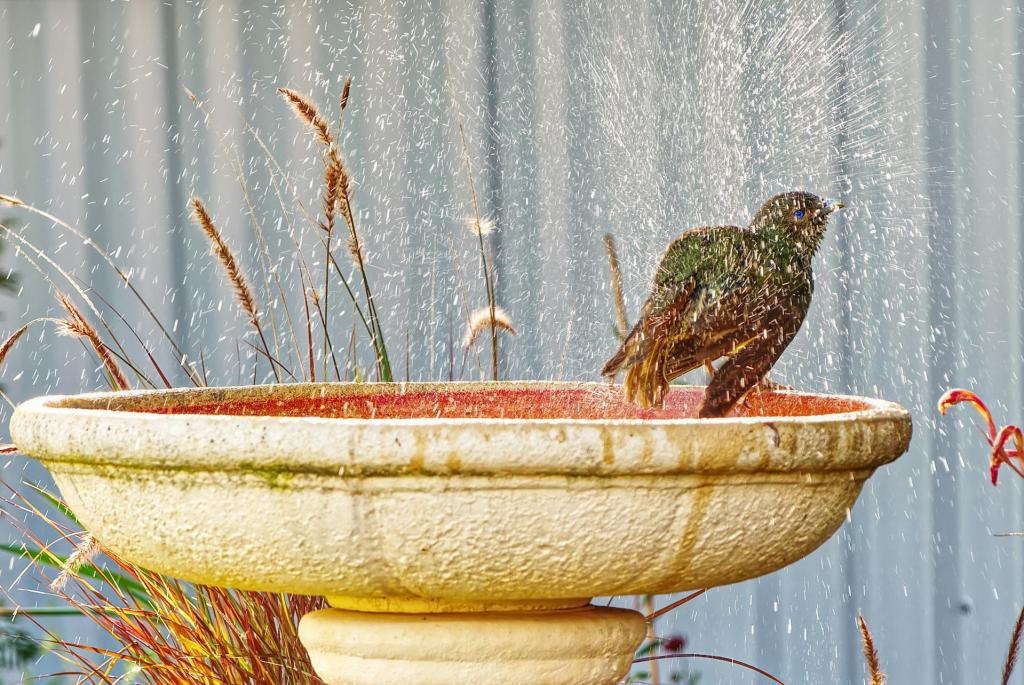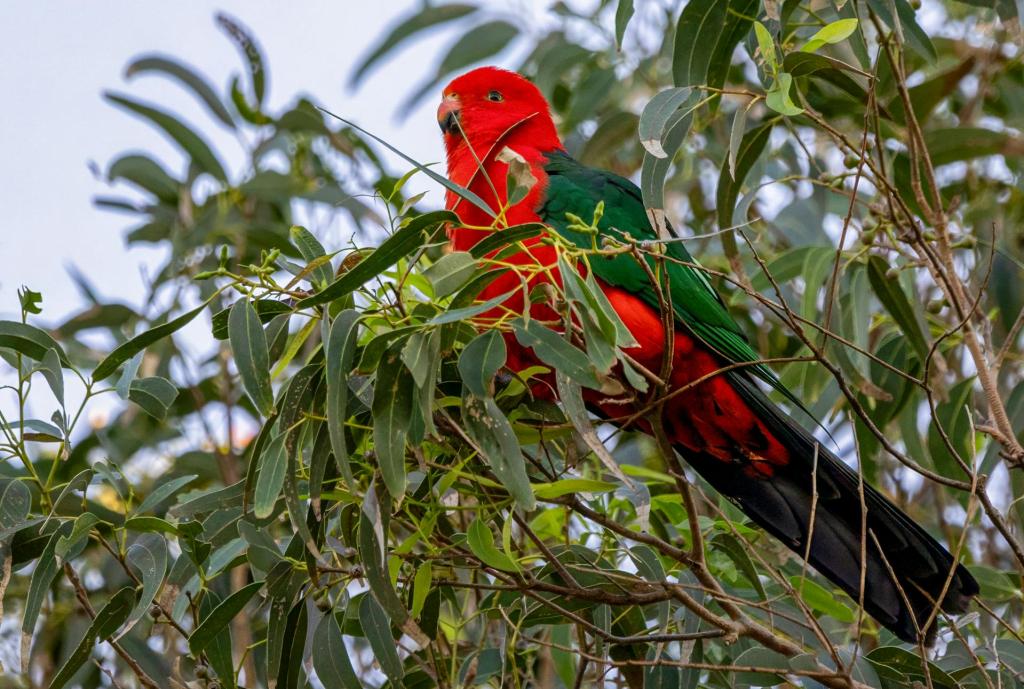
Recently, I went bird watching for the first time. While I was struggling to use the zoom function on the binoculars, my friend (an avid birdwatcher) demonstrated keen attention to every bird’s movement. Within seconds, she was able to identify each species we came across. I was impressed with her ability to ID these flighty creatures. But by the end of the morning, I had learned a few basics.
If you enjoy bird watching at your lake house but haven’t yet gained expertise like my friend, it’s easy to build up this skill without relying on books. The most experienced Audubon Society members know that there are four basic categories of bird identification: size and shape, coloring, behavior, and habitat. And while field guides can be helpful, birds are constantly in motion. By the time you pull out the Sibley Guide to Birds, they could be gone. To make better in-the-moment identifications, we’re going over these fundamental determinants of bird species.
Size and Shape

The first way to quickly narrow down a bird’s species is by looking at its size. Of course, size is relative, so it can be helpful to compare birds with familiar objects. For instance, pencils (small birds), 12-inch rules (medium sized birds) and bread loafs (large birds) can be useful points of reference. Keep in mind that your proximity to the bird can also skew your perception of distance. If a bird is sitting in a far-off tree, it will appear smaller than the one at your feet. With experience, you’ll be able to determine bird sizes with more accuracy!
A bird’s shape is also important to keep in your notes. Even if two birds are similar in size, no two will have the exact same shape. Take note of the bird’s general form — does it have a particularly long beak? An extended neck? These aspects are often unique to the bird’s species.
Colors

Some birds have distinctive coloring, and they’re often named after these unique shades (think: blue jays, goldfinch, red-footed falcon, etc). Scientifically speaking, these vibrant pigments are due to carotenoids, which play a key role in birds’ ability to reproduce and communicate. In turn, for bird watchers, coloring is a key component of identification.
Besides the basic colors, be on the lookout for “field marks.” These are very specific markings that will help you identify a bird more quickly. For example, does the bird have white spots on its wings? An eyebrow stripe? A throat patch? Pay close attention to these often colorful markings to make a more accurate judgment.
Behavior

There’s more to bird identification than meets the eye. In addition to noticing how a bird looks, you should pay equal attention to what it’s doing. The best way to pick up this skill is to watch birds for a prolonged period of time. Even if a bird is common, continue observing it and notice its behaviors. For instance, is it hopping like a sparrow? Scaling up a tree like a woodpecker? Or searching for seeds in the underbrush like a swallow? When you learn each bird’s unique habits and mannerisms, you’ll be able to identify birds much faster.
Habitat

Although birds are known to migrate, thus shifting their habitat based on the season, their general habitats remain the same. For example, great blue herons are known to love bodies of water, and red-eyed vireos love forest treetops. However, you’d be unlikely to see one of them in the other’s location. Pay attention to where this species is spending its time.
Of course, this is not an exhaustive list of ways to identify birds. Other clues include seasonality, voice, flight pattern, and feeding style. However, starting with these basic determinants can help you get started! For more inspiration, continue checking out the Lake Homes blog for other bird-related pieces, and consider joining a bird-watching group through the National Audubon Society. You’ll be ID-ing birds like an expert in no time!

